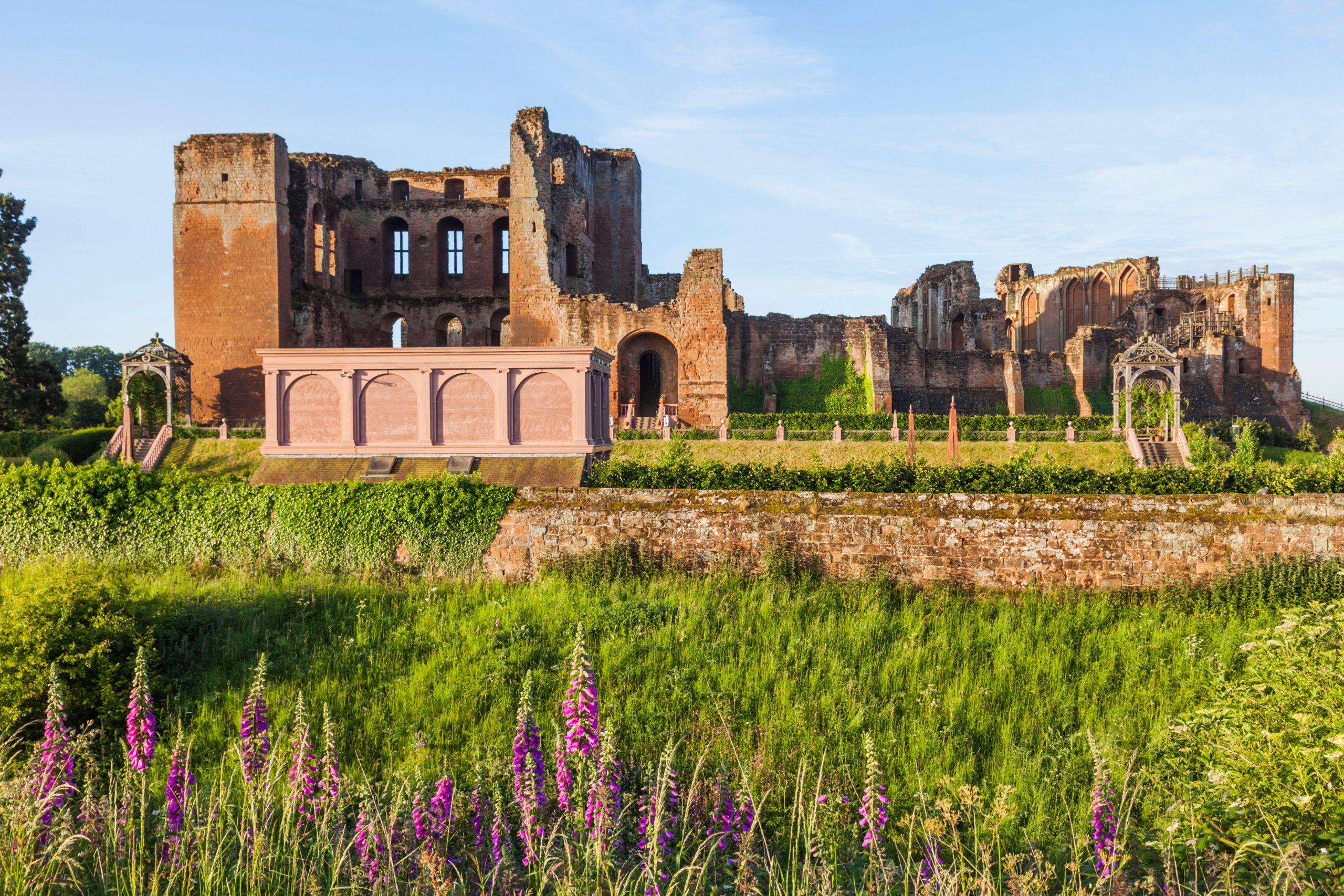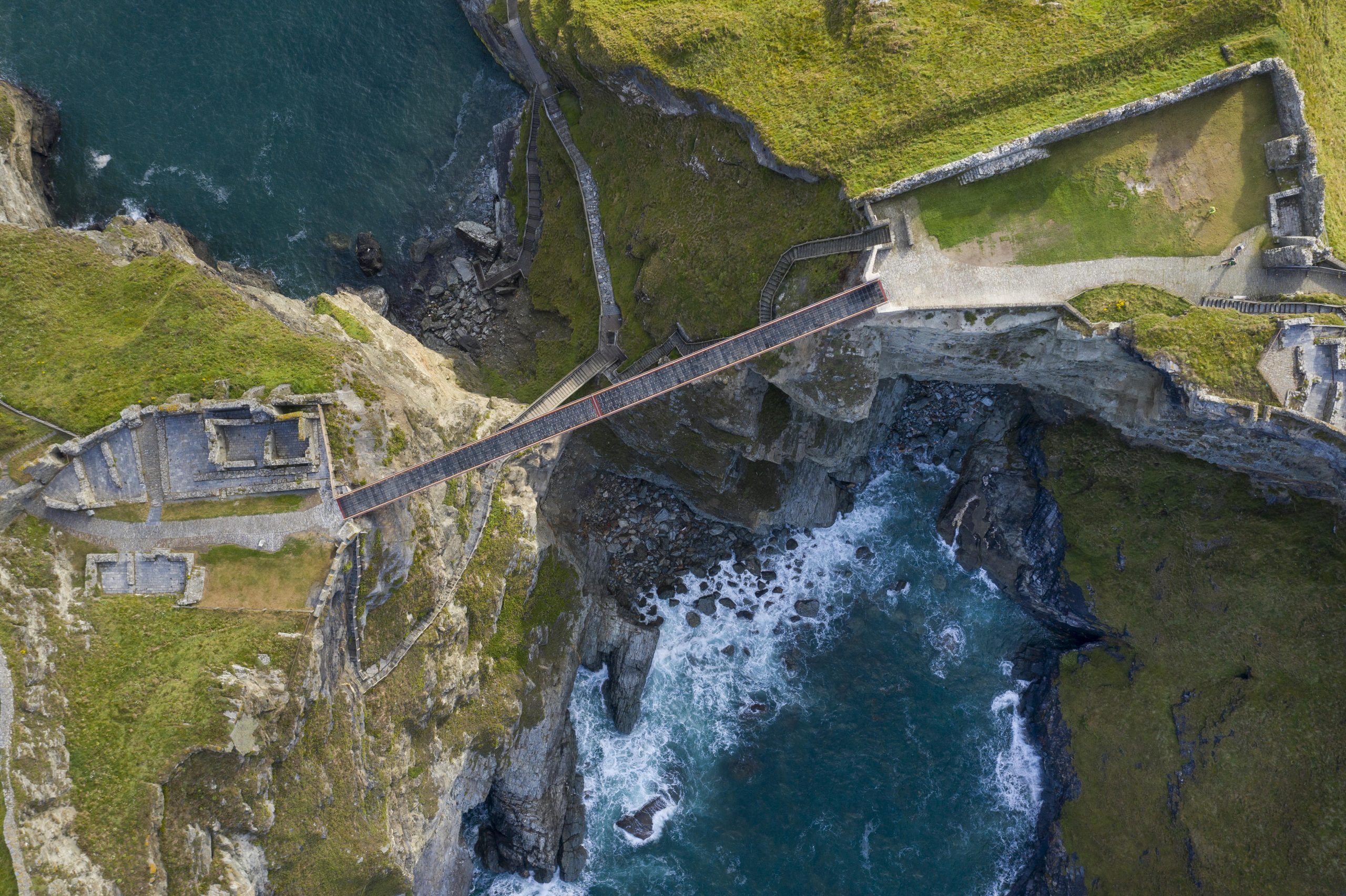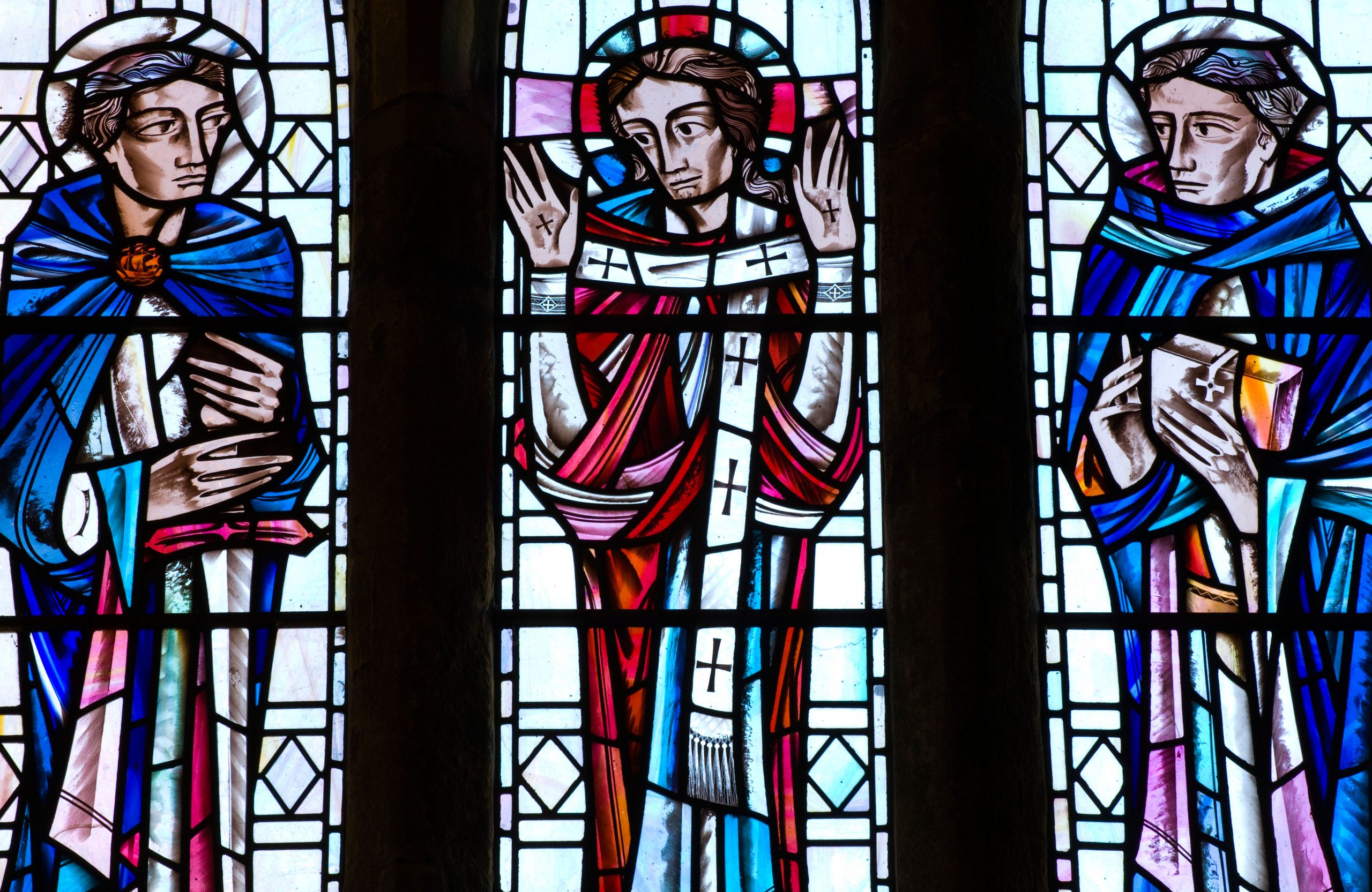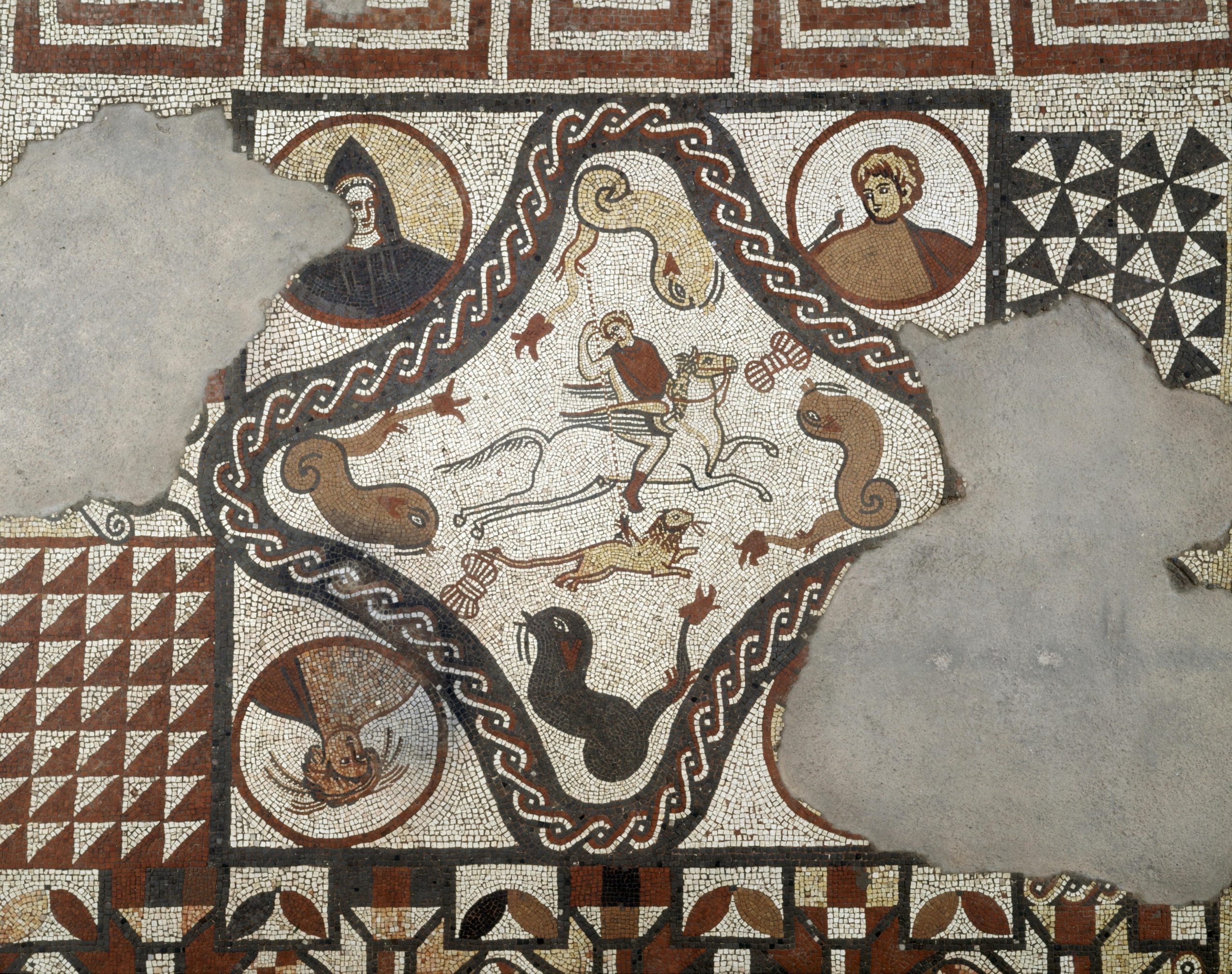The best days out in the UK, picked by top experts
Historians and archaeologists select the English Heritage property that would be their first choice for a day out.


Charles Moore
Rievaulx Abbey, North Yorkshire

As I head north this summer, I mean to return to Rievaulx Abbey, the first Cistercian abbey in the North. Majestically, yet peacefully placed in Ryedale, it offers Shakespeare’s ‘bare, ruined choirs where late the sweet birds sang’. Rievaulx’s choirs have been bare and ruined since 1538, when Henry VIII dissolved the abbey.
So much has been written recently about British heritage in relation to slavery that we forget our great buildings’ much more direct involvement in atrocity — that committed by religious conflict. The great abbeys carefully built to inspire the contemplative life were closed and robbed. The whirligig of time has brought in its revenges, however: the ruins provoke contemplation in their own right.
I like English Heritage’s online guide — thorough, clear, well linked. St Aelred, abbot not long after Rievaulx’s foundation in the 12th century, was so remarkable, it says, that the community doubled to 650. My heart momentarily sank when it called him an ‘LGBTQ+ icon’, but, actually, it is interesting.
It seems that Aelred was attracted to his own sex, but maintained chastity, offering spiritual love to all. As the guide rather sweetly puts it: ‘Aelred would doubtless have wished this topic to be discussed in a spirit of friendship.’ Amen.
The Lord Moore of Etchingham is the authorised biographer of Margaret Thatcher and a columnist for ‘The Daily Telegraph’ and ‘The Spectator’
Suzannah Lipscombe
Kenilworth Castle and Elizabethan Garden, Warwickshire
Exquisite houses, the beauty of Nature, and how to get the most from your life, straight to your inbox.

Kenilworth, for me, is the most wonderful site. It is a vast, magnificent, ochre ruin — a ruin bigger and perhaps more spectacular than a cathedral. It has a glorious medieval past: King John, John of Gaunt, and Henry V added to it; Simon de Montfort held out in a six- month siege here.
Then it had its Tudor reinvention under Robert Dudley, Earl of Leicester, who made it into a palace fit for a queen. He built ‘Leicester’s Building’ — in which Elizabeth I stayed — and a now-flattened house for his own occupation that, we might salaciously note, had interconnecting doors to her suite. He laid out a beautiful privy garden for Elizabeth in 1575 when he hosted her there in a 19-day party to beg for her hand in marriage.
Today, one can climb up to Elizabeth’s bedchamber, look out over the ruins of John of Gaunt’s Great Hall, and wander in the Queen’s recreated privy gardens. It is an intensely beautiful and moving experience: a glimpse of what once was and what might have been. I can’t wait to go again.
Prof Lipscomb presents the podcast ‘Not Just The Tudors’ under the History Hit umbrella
Alice Roberts
Tintagel Castle, Cornwall

I’m very keen to get back to Tintagel. It’s such an atmospheric place, redolent with myth and mystery, majestically jutting out from the north Cornish coast and lashed by the wild Atlantic waves. The King Arthur story begins here, with his conception — according to Geoffrey of Monmouth, at least, although it seems there might be a grain of truth within the legends.
The summit of Tintagel is dotted with the ruins of more than 100 rectangular buildings, thought to be part of a monastery that grew up here after the Roman period. In 2016–17, an English Heritage-funded excavation, led by Jacky Nowakowski and James Gossip, uncovered more ancient buildings.
Dating to the 5th and 6th centuries, they formed part of what looks like a much grander, terraced complex — perhaps even a palace complex. The archaeologists also found astonewithwritingengravedonit,including a Roman name, showing that literacy survived here. It could be that Tintagel really was a seat of power in 5th- and 6th-century Cornwall.
Among the ruins of the buildings, the archaeologists found shards of pottery from France and as far afield as Turkey, among them hundreds of fragments of amphorae that would have held olive oil and wine.
The finds demonstrate how Britain, in the centuries after the Roman period, during the so-called the Dark Ages, was still part of a huge maritime trading network, maintaining its connections with the rest of Europe. Who knows — this epic promontory stronghold may have been home to a local ruler who helped to inspire the myth of King Arthur.
Prof Roberts’s new book is ‘Ancestors: A Prehistory of Britain in Seven Burials’ (Simon & Schuster)
Marc Morris
St Paul’s Monastery, Tyne and Wear

One of the places I’m very keen to visit is the monastery of St Paul’s in Jarrow, a few miles to the east of Newcastle.
The monastery, now ruinous, was founded towards the end of the 7th century, at a time when Christianity among the Anglo-Saxons was still in its infancy. Inside its church (now the parish church of Jarrow and Simonside) is its original foundation stone — the oldest such stone in England.
It records that the church was dedicated on April 23, 685, during the time of King Ecgfrith of Northumbria and Abbot Ceolfrith, both of whom were almost certainly present. Ecgfrith died only a few weeks later, fighting against an army of Picts. Ceolfrith, by contrast, survived for many years and also became abbot of the neighbouring monastery of Wearmouth.
Combined, Wearmouth-Jarrow became a great centre of learning, famous for the production of books. In 716, Ceolfrith set out for Rome with a massive Bible, weighing 34kg, intended as a present for the Pope. The elderly abbot, alas, died en route, but his gift survived.
In 2018, it was lent to the British Library for an exhibition, returning home after an absence of more than 1,300 years.
Dr Morris’s new book, ‘The Anglo-Saxons’ (Cornerstone), is out now
Mary Beard
Lullingstone Roman Villa, Kent

For me, this is the villa that has everything, from a bathing suite to sculpture. My favourite bit is a rather smart mosaic floor, which includes a slightly risqué Latin parody of a passage of Virgil’s Aeneid (referring to the decidedly non-decorous exploits of the god Jupiter — and a boast of the literary learning of the proprietor).
There is also some of the earliest evidence of Christianity in the country, in the form of a 4th-century AD Christian church, built into part of the villa itself. It’s not grand in the way that villas in Italy are grand, but it is that wonderful combination of classical Roman pretension and homespun British that makes Romano-British sites so appealing. You really get a feel of what life there might have been like — for the rich, at least.
Prof Beard’s recent ‘Inside Culture’ series is available on BBCiPlayer
Harry Mount
Wroxeter Roman City, Shropshire

Wroxeter is Shropshire’s answer to Pompeii. They are the same size — 180 acres — although most of Wroxeter lies tantalisingly unexcavated. In its time, Viroconium, as it was called, was the fourth-largest city in Roman Britain, with 5,000 inhabitants.
Today, it’s a staggering sight, with a towering section of the 2nd-century baths dominating views. Here, at the outpost of their empire, the Romans built apodyteria (changing rooms), tepidaria (warm rooms), caldaria (hot rooms) and a frigidarium (a cold bath) on a scale that puts modern spas to shame.
There was a mighty forum and basilica, too — a reminder that Roman Britain wasn’t a dingy backwater, but a major part of the empire that underpins Western civilisation. Tragically, lots of the buildings were looted for their stone after the Romans left Britain in 410AD.
If you want to see where they ended up, walk to the Church of St Andrew’s, Wroxeter, built in Roman stone, with two enchanting Doric columns as gateposts. In a nearby garden, more columns are incorporated into a pretty little folly. Never have the stones of British history been so enchantingly arranged. Harry Mount’s books include ‘Amo, Amas, Amat and All That’
Mike Pitts
Stonehenge, Wiltshire

I’ve worked from home for years, so you could say I was prepared for the movement restrictions that Covid brought — and my family was used to having me around. But when I’m not at my desk, I’m out visiting. My work takes me to museums and galleries, ancient monuments and construction sites, from a housing estate to HS2. I
n March 2020, archaeologists took me around a fascinating excavation at Westminster Abbey. No one wore masks, but we nervously bumped elbows and, to avoid crowded public transport, I walked across London. And then the world shut down.
I first saw Stonehenge more than 50 years ago. I have excavated there, curated an exhibition about it and accumulated a huge photo library, but I had never written a book exclusively about the stones.
So that is what I did, exploring every megalithic detail in my imagination to tell what I believe is a new story. I enjoyed the virtual journey, but it was lonely.
When I visit the real Stonehenge, I will recall past encounters, look at actual stones and hope to see a newly reintroduced great bustard. Most of all, I’ll embrace the company of crowds.
Mike Pitts’s books include ‘A Year at Stonehenge’ and ‘Digging for Richard III’
Country Life is unlike any other magazine: the only glossy weekly on the newsstand and the only magazine that has been guest-edited by His Majesty The King not once, but twice. It is a celebration of modern rural life and all its diverse joys and pleasures — that was first published in Queen Victoria's Diamond Jubilee year. Our eclectic mixture of witty and informative content — from the most up-to-date property news and commentary and a coveted glimpse inside some of the UK's best houses and gardens, to gardening, the arts and interior design, written by experts in their field — still cannot be found in print or online, anywhere else.
